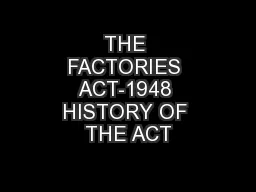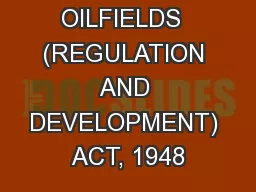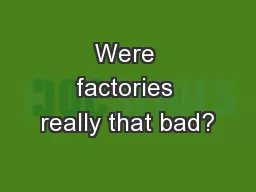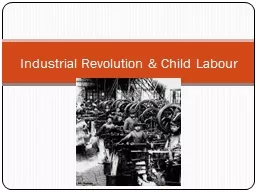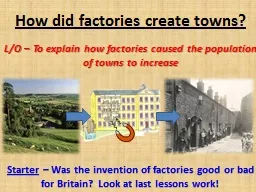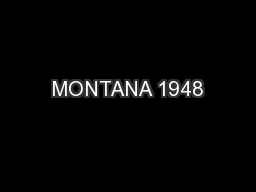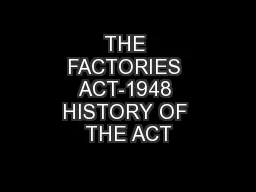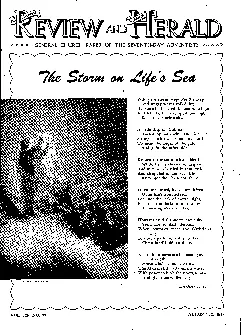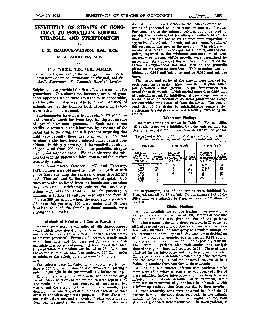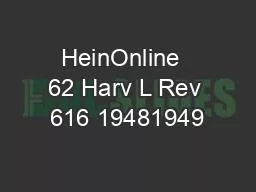PPT-THE FACTORIES ACT-1948 HISTORY OF THE ACT
Author : test | Published Date : 2018-02-18
The factories act was passed in 1948 to regulate labour employment in the factories The act is an important legislation which is intended for the benefit of workers
Presentation Embed Code
Download Presentation
Download Presentation The PPT/PDF document "THE FACTORIES ACT-1948 HISTORY OF THE AC..." is the property of its rightful owner. Permission is granted to download and print the materials on this website for personal, non-commercial use only, and to display it on your personal computer provided you do not modify the materials and that you retain all copyright notices contained in the materials. By downloading content from our website, you accept the terms of this agreement.
THE FACTORIES ACT-1948 HISTORY OF THE ACT: Transcript
Download Rules Of Document
"THE FACTORIES ACT-1948 HISTORY OF THE ACT"The content belongs to its owner. You may download and print it for personal use, without modification, and keep all copyright notices. By downloading, you agree to these terms.
Related Documents

